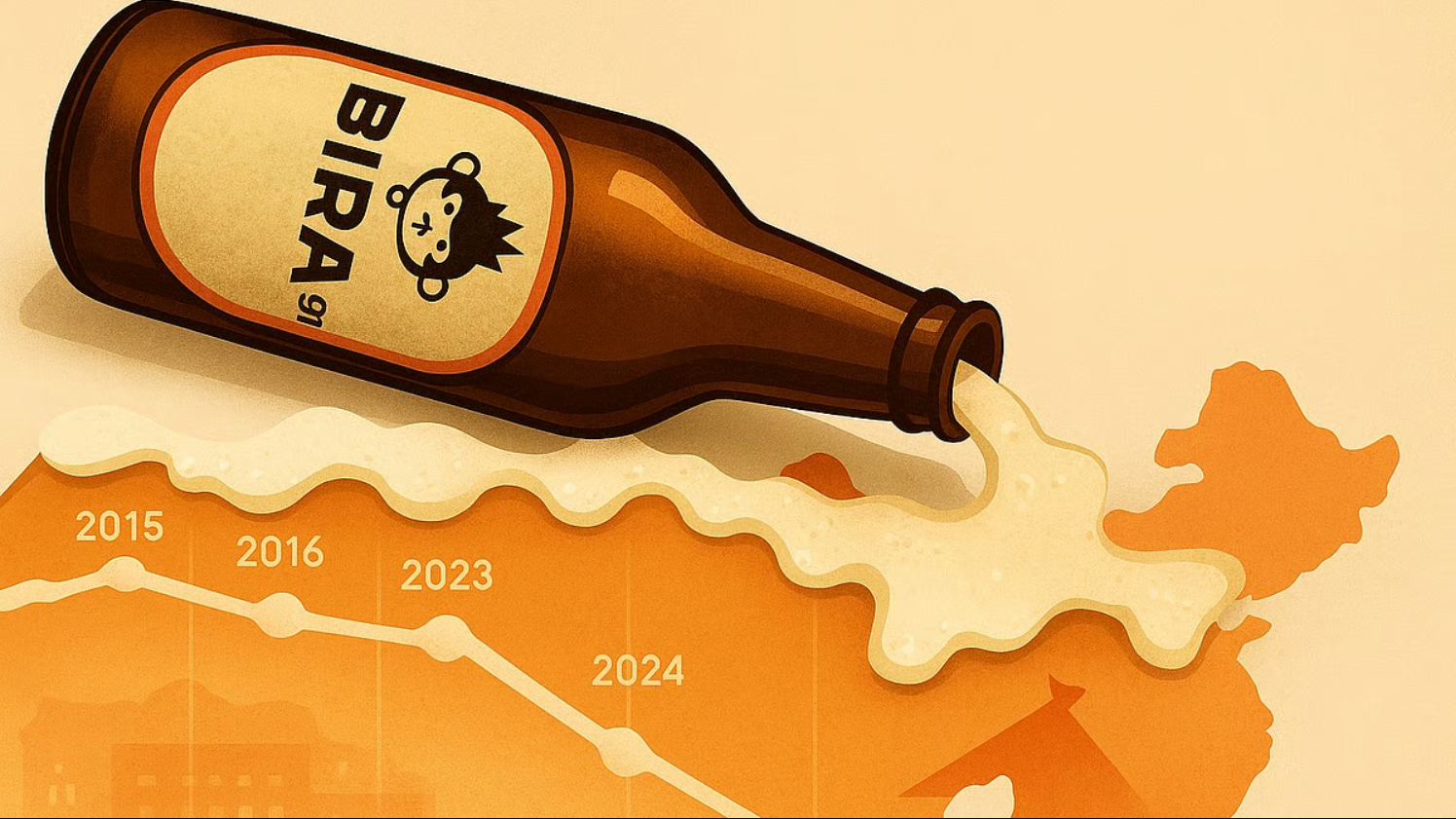Public sector lender Canara Bank has revised its fixed deposit and savings account interest rates for both general customers and senior citizens, with the new rates effective from August 7, 2025. This comes at a time when the Reserve Bank of India has chosen to maintain the repo rate at 5.5 percent, despite reducing it by 100 basis points earlier this year. The change in FD rates by Canara Bank reflects a cautious approach to balancing investor expectations and economic signals.

For general customers, fixed deposit interest rates now range from 3.25 percent to 6.5 percent depending on the tenure. The highest rate of 6.5 percent is available on deposits with a 444-day maturity period. In comparison, senior citizens enjoy more favourable returns, with FD interest rates reaching up to 7 percent on the same 444-day deposit. This age-based differentiation continues to provide an incentive for older customers to choose long-term savings instruments with predictable returns.
The new rate structure applies to deposits below three crore rupees. Premature withdrawal is allowed for callable fixed deposits, although a penalty of one percent will be charged for early or partial withdrawal, or for premature extension. This penalty applies to both Domestic and NRO deposits and has been in effect since March 2019.

In addition to revising fixed deposit rates, Canara Bank has also adjusted its savings account interest rates. The new rates range from 2.55 percent to 4 percent, depending on the account balance. Previously, these rates were slightly higher, ranging between 2.7 percent and 4 percent. This reduction reflects a wider trend among banks to manage interest payouts amidst changing monetary conditions.
The revision may come as a disappointment to many savers, especially those who rely on fixed deposits for steady income. However, in the current financial climate, these rates remain competitive among major public sector banks. For senior citizens looking for secure and relatively high-yielding options, Canara Bank’s 7 percent FD return is still an attractive choice.
.jpeg)
That said, the reduction in savings account interest means individuals parking large balances in their bank accounts may want to reassess their strategy. When inflation is rising or when interest rates are low, it is essential to ensure your savings are not losing value over time. Investors may consider laddering fixed deposits across different tenures or exploring low-risk debt mutual funds for better liquidity and tax efficiency.
Another consideration is the impact of the RBI’s stance on interest rates. While loan borrowers benefit from lower repo rates due to cheaper EMIs, depositors are often left searching for better returns. This calls for smarter financial planning, where one’s portfolio is optimised across multiple products and risk categories. Fixed deposits still remain a relevant instrument, especially for capital protection and emergency planning, but they should not be the only vehicle for long-term financial goals.
As banks continue to re-evaluate their deposit structures based on liquidity needs and interest rate trends, savers must stay informed and agile. Regularly comparing FD rates across banks and understanding the lock-in terms, penalties, and returns can help make the most of your investments.
For more updates on interest rate changes, smart saving strategies, and personalised financial insights, follow You Finance on Instagram and Facebook. We help you take control of your money, one smart decision at a time.














